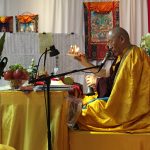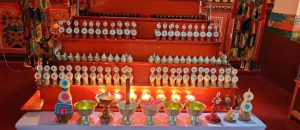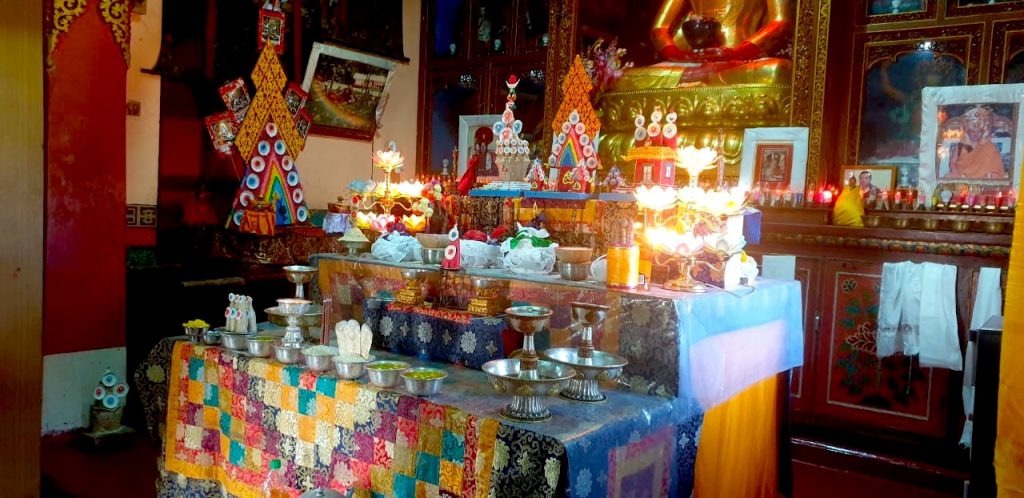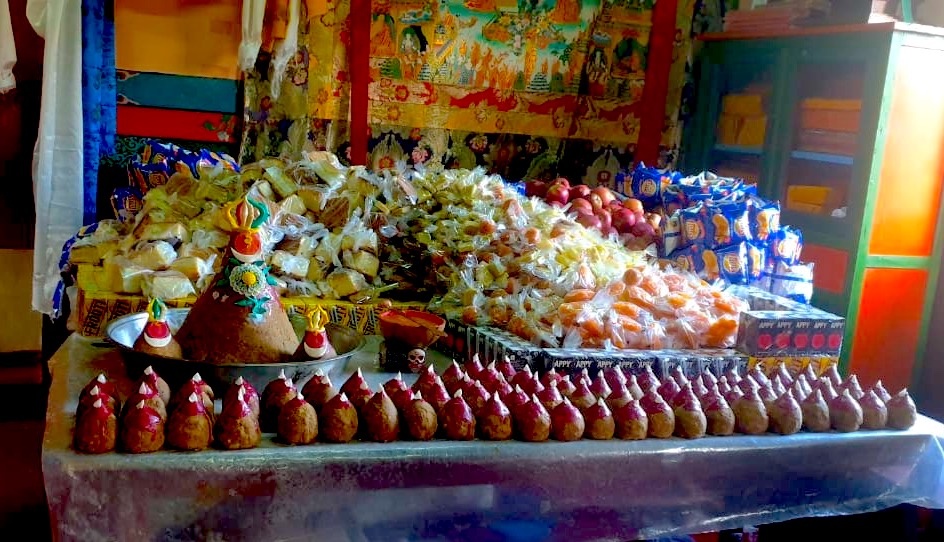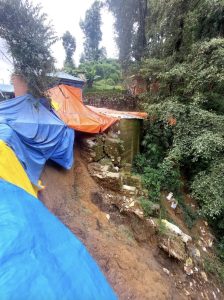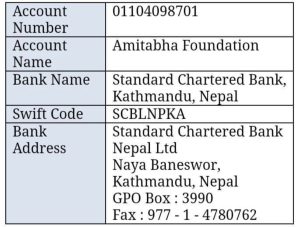 H.E. Ayang Rinpoche Performing the Neydren Ceremony to Liberate Dead Beings in 2017
H.E. Ayang Rinpoche Performing the Neydren Ceremony to Liberate Dead Beings in 2017
Ayang Rinpoche’s monastery in Bylakuppe, South India will be holding its annual Shitro (100 Peaceful and Wrathful Deities) Puja to celebrate the beginning of the lunar new year. The puja will begin on March 8 and will conclude on the Great Wheel day, Chotrul Duchen, on March 14th. On that day, they will also hold the Ceremony to Liberate Dead Beings.
The hundred deities are the attributes and activities of the five Buddhas and their female counterparts. They are the manifestations from the pure nature of our minds, and remain within us in the form of five faculties, five elements and twelve sources of perception, and so on. By relying on the practice of the hundred deities, or even by just hearing the mantra and seeing the mandala and picture of the hundred deities, one may either instantly or gradually realize that the nature of one’s mind is inseparable from the perfect wisdom of the hundred deities.
During the performance of the puja, the hundred deities are invoked and the various types of offerings are made to them. The merits accumulated from these offerings are dedicated to the deceased to help them in their purification and liberation. The prayer itself is also an offering of assistance to those in the intermediate or Bardo state to show them the path to liberation.
At the end of puja, paper tablets of the deceased’s names are burnt away. The fire used in the burning symbolizes the wisdom of the hundred deities; the burning of the names symbolizes the cutting of the attachment of the deceased to a “self”, which is the cause of their suffering. Through the prayer and the ritual performed, the consciousnesses of the deceased are merged and become inseparable from the wisdom of the hundred deities, and thus are liberated.
Ayang Rinpoche has said that the Ceremony to Liberate Dead Beings is the best time to dedicate prayers for departed beings. Anyone who would like to make offerings and dedicate prayers to family members, friends, loved ones, pets or anyone who has passed, please make your offering and send in names of the deceased by Wednesday, March 12th at noon (Pacific time) to be included in the prayer list for the Liberation Ceremony.
To make offerings, use the link below or send a check made out to Amitabha Foundation to P.O. Box 2572, Aptos, California 95001. If you send a check, please email the names of the deceased for whom you are sponsoring to info@amitabhafoundation.us, or to your local Amitabha Foundation. Donations sent through the Amitabha Foundation US are tax deductible in the US.
Those interested, may offer at one of the suggested levels below, or $350 for a day’s meals for all the monks, or $1,050 per day for an offering to the monks and lamas, or according to your circumstances for a shrine offering or tea sponsorship.
Shitro Shrine
